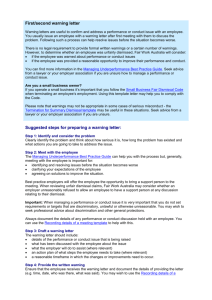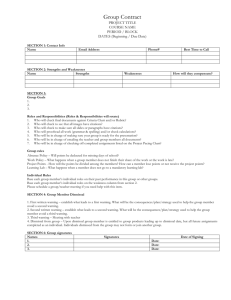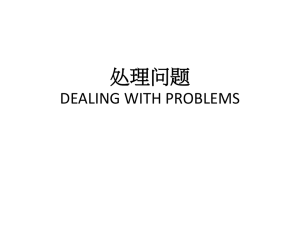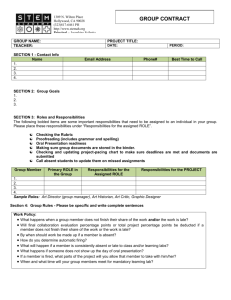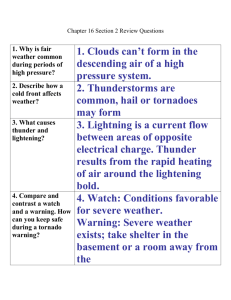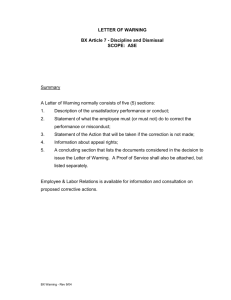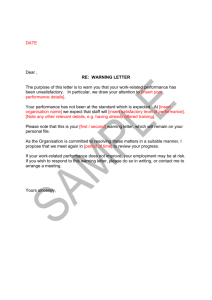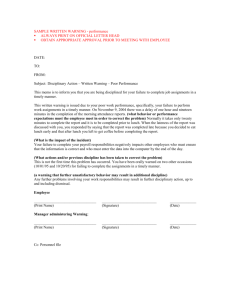Letter of Final warning - Australian Trainers' Association
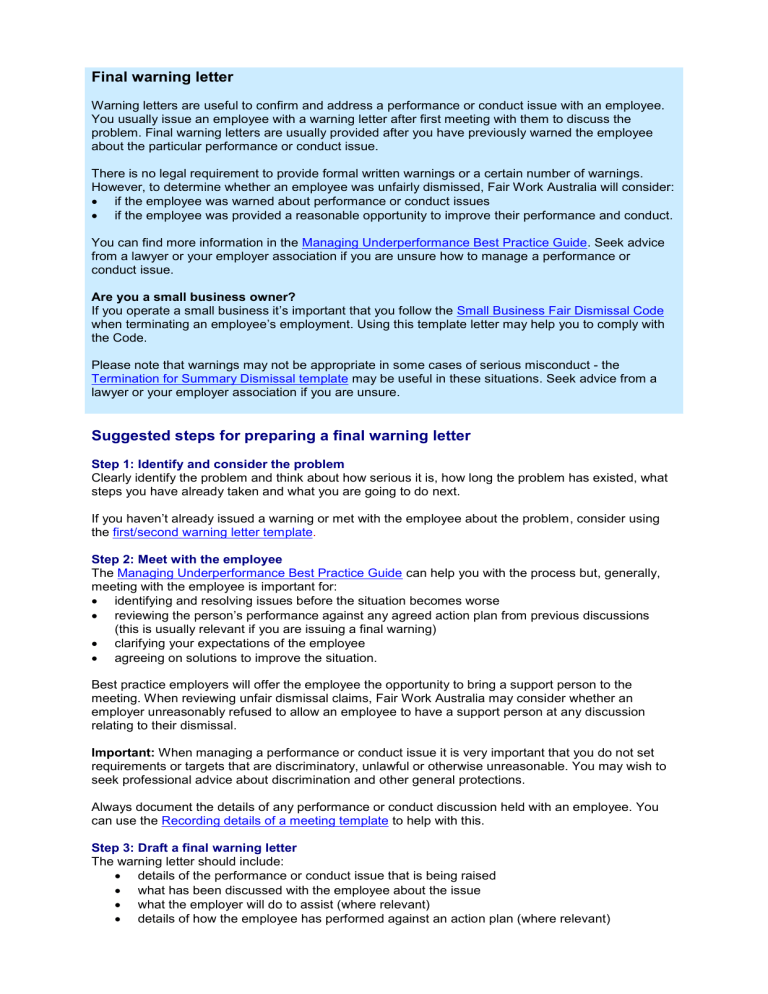
Final warning letter
Warning letters are useful to confirm and address a performance or conduct issue with an employee.
You usually issue an employee with a warning letter after first meeting with them to discuss the problem. Final warning letters are usually provided after you have previously warned the employee about the particular performance or conduct issue.
There is no legal requirement to provide formal written warnings or a certain number of warnings.
However, to determine whether an employee was unfairly dismissed, Fair Work Australia will consider:
if the employee was warned about performance or conduct issues
if the employee was provided a reasonable opportunity to improve their performance and conduct.
You can find more information in the Managing Underperformance Best Practice Guide . Seek advice from a lawyer or your employer association if you are unsure how to manage a performance or conduct issue.
Are you a small business owner?
If you operate a small business it ’s important that you follow the Small Business Fair Dismissal Code when terminating an employee’s employment. Using this template letter may help you to comply with the Code.
Please note that warnings may not be appropriate in some cases of serious misconduct - the
Termination for Summary Dismissal template may be useful in these situations. Seek advice from a lawyer or your employer association if you are unsure.
Suggested steps for preparing a final warning letter
Step 1: Identify and consider the problem
Clearly identify the problem and think about how serious it is, how long the problem has existed, what steps you have already taken and what you are going to do next.
If you haven’t already issued a warning or met with the employee about the problem, consider using the first/second warning letter template .
Step 2: Meet with the employee
The Managing Underperformance Best Practice Guide can help you with the process but, generally, meeting with the employee is important for:
identifying and resolving issues before the situation becomes worse
reviewing the person’s performance against any agreed action plan from previous discussions
(this is usually relevant if you are issuing a final warning)
clarifying your expectations of the employee
agreeing on solutions to improve the situation.
Best practice employers will offer the employee the opportunity to bring a support person to the meeting. When reviewing unfair dismissal claims, Fair Work Australia may consider whether an employer unreasonably refused to allow an employee to have a support person at any discussion relating to their dismissal.
Important: When managing a performance or conduct issue it is very important that you do not set requirements or targets that are discriminatory, unlawful or otherwise unreasonable. You may wish to seek professional advice about discrimination and other general protections.
Always document the details of any performance or conduct discussion held with an employee. You can use the Recording details of a meeting template to help with this.
Step 3: Draft a final warning letter
The warning letter should include:
details of the performance or conduct issue that is being raised
what has been discussed with the employee about the issue
what the employer will do to assist (where relevant)
details of how the employee has performed against an action plan (where relevant)
a reasonable timeframe in which the changes or improvements need to occur.
Step 4: Provide the final warning letter to the employee
Ensure that the employee receives the final warning letter and document the details of providing the letter (e.g. time, date, who was there, what was said). You may wish to use the Recording details of a meeting template to do this. Remember if you are meeting with the employee they may want to bring a support person.
Important: an employee may choose to submit a complaint or claim against you (e.g. unfair dismissal, discrimination) even if you follow these steps.
This template has been provided by the Fair Work Ombudsman (FWO) as part of its function to provide education, assistance and advice (but not legal or professional service advice). The FWO does not provide this information for any other purpose. You are not entitled to rely upon this information as a basis for any action that may expose you to a legal liability, injury, loss or damage.
Rather, it is strongly recommended that you obtain your own independent legal advice or other professional service or expert assistance relevant to your particular circumstances.
